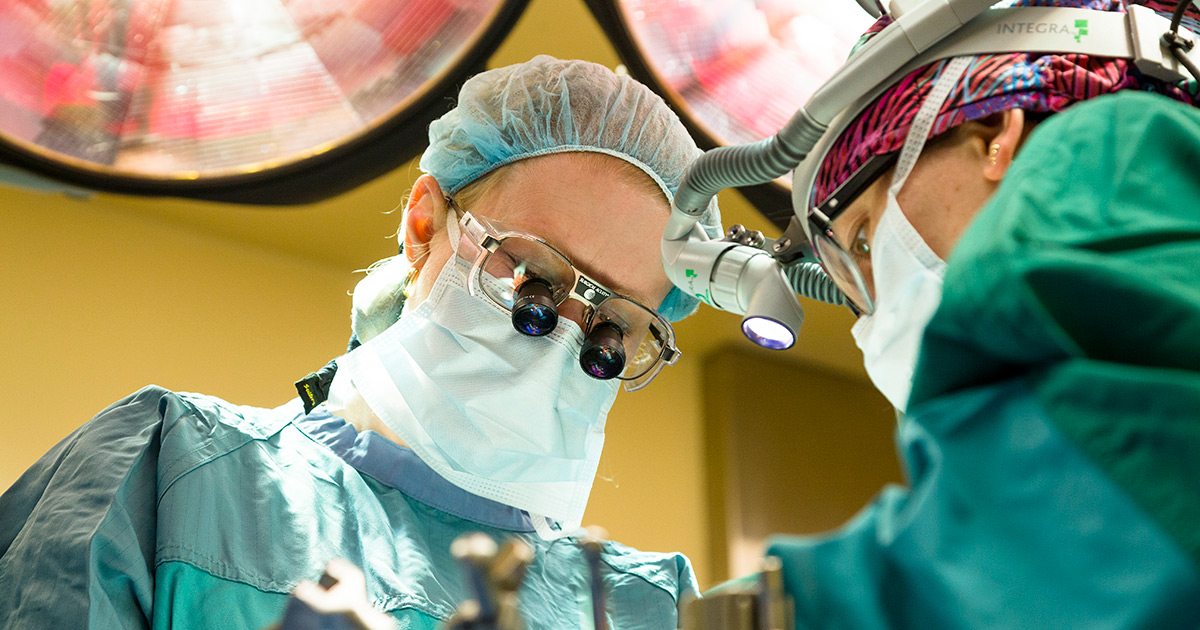Guide To The Cause And Treatment Of Ollier Disease
Other Surgical Intervention
In some cases of Ollier disease, certain circumstances call for other surgical interventions to be included in the treatment protocol. For example, one or more of an individual's enchondromas may become malignant or cancerous. A surgical procedure will be required in order to remove the malignancy that has formed from the enchondroma. In cases where an enchondroma is obstructing the normal growth of a bone due to its proximity to the growth plate, a surgical procedure to extract the enchondroma may be needed. In places where the bones have become deformed by cartilage growths, a surgical procedure may be performed where the surgeon cuts around the damaged or deformed part of the bone and replaces the space with an artificial bone substitute or bone graft. Limb lengthening or resection surgery may be necessary to treat significant limb discrepancies in individuals affected by Ollier disease. The main concern with surgery and Ollier disease is every procedure runs the risk of stimulating the growth of new enchondromas.
Uncover more information regarding treating Ollier disease effectively now.
Pain Management

Most individuals who have Ollier disease will experience bone and joint pain throughout the course of their disease. This pain can occur due to physical activity, temperature changes, position changes, and numerous other external stimuli. The pain may also be spontaneous, coming on at any time with no specific trigger. The first way to manage pain for individuals with Ollier disease is the use of nonsteroidal anti-inflammatory medication to decrease the sensation of pain. Opioids are then used conservatively to treat the pain a patient may be experiencing in their bones if NSAIDs are ineffective. Other pain management techniques involve the use of cryotherapy or a pain treatment that uses localized freezing to kill any irritated nerves. CO2 laser treatment may help treat pain by promoting the body's healing process of tissue damage. Pain management is often needed following any surgical procedure involved with the enchondromas that grow on the bones of patients.
Learn more about Ollier disease treatment now.
